The scrap metal shearing machine, often nicknamed the "tiger shear" for its powerful cutting jaws, is a cornerstone piece of equipment in the metal recycling and scrap processing industry. Its primary function is to use immense hydraulic force to cut, compress, and densify various forms of ferrous and non-ferrous scrap—such as demolition steel, vehicles, appliances, and industrial waste—into clean, manageable pieces ideal for steel mills and foundries. This process is fundamental for efficient recycling, transforming bulky, low-density scrap into a high-quality furnace-ready raw material. At its core, a scrap metal shear operates on a simple yet powerful principle. The machine typically consists of a large feed box, a hold-down cylinder, and a massive moving blade (the "jaw") that works against a fixed blade. The process is highly systematic: 1. Loading: Loose scrap is loaded into the machine's feed box or chamber. 2. Compaction & Holding: A powerful hydraulic hold-down cylinder descends to compress and firmly secure the material. This is critical for safety, preventing material from shifting or "kicking back" during the cut. 3. Shearing: The main hydraulic cylinders then drive the moving blade (often in an upward or horizontal motion) with tremendous force—often measuring in hundreds or thousands of tons—to shear through the metal against the stationary blade, much like a pair of giant scissors. 4. Ejection: After the cut, the hold-down releases, and the sheared, densified "log" or bale is ejected, ready for transport. Modern shears are controlled by Programmable Logic Controllers (PLCs), enabling semi-automatic or fully automatic cycling for continuous, efficient operation. Main Types and Key Advantages Shears are broadly categorized by their structure and optimal use case: • Alligator Shear: Named for its scissor-like, hinged jaw movement reminiscent of an alligator's bite. It is more compact and cost-effective, ideal for smaller yards processing lighter scrap like rebar, sheet metal, and structural beams. • Guillotine Shear (or Box Shear): Features a large box-like feed chamber and a blade that moves vertically (like a historical guillotine) or horizontally within a solid "gate" or frame. It excels at processing heavier, bulkier materials like entire car bodies, large industrial equipment, and thick plate due to its greater chamber size and holding force. The advantages of using a shear are transformative for the recycling workflow: • Volume Reduction: Sheared scrap can occupy up to 70% less space, drastically cutting storage and transportation costs. • Improved Quality: Produces clean, dense "furnace-ready" bundles that melt more efficiently in electric arc or basic oxygen furnaces, reducing energy consumption and impurities. • Enhanced Safety & Environment: Replaces dangerous and pollutin...
We are online 7*24 hours to answer all your questions
-

Email : info@njteyun.com
Skype : sicily@njteyun.com
-

Tel : +86 13952083908
Whatsapp : +86 13952083908
-
 Address : Mingjue Industry Park, Lishui District, Nanjing City, Jiangsu Province
Address : Mingjue Industry Park, Lishui District, Nanjing City, Jiangsu Province


 français
français русский
русский español
español العربية
العربية 日本語
日本語 Tiếng Việt
Tiếng Việt 中文
中文





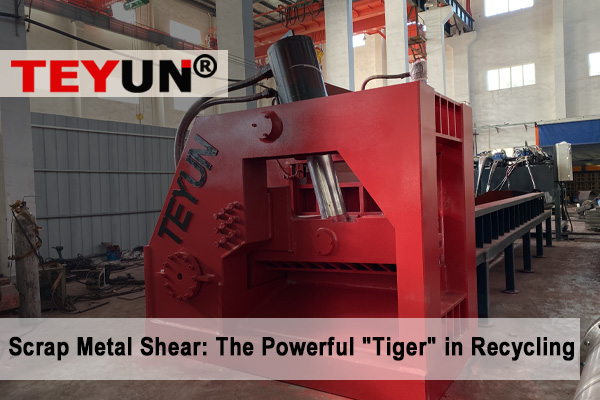
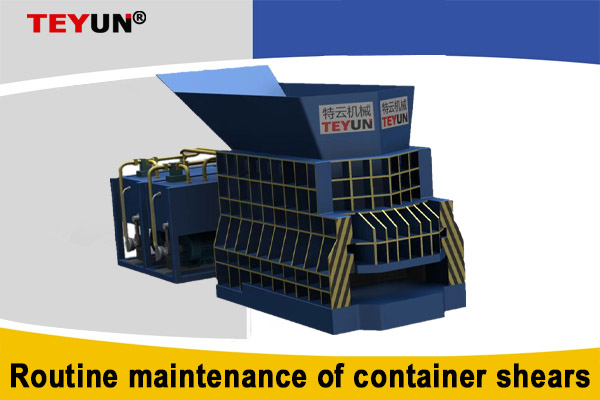
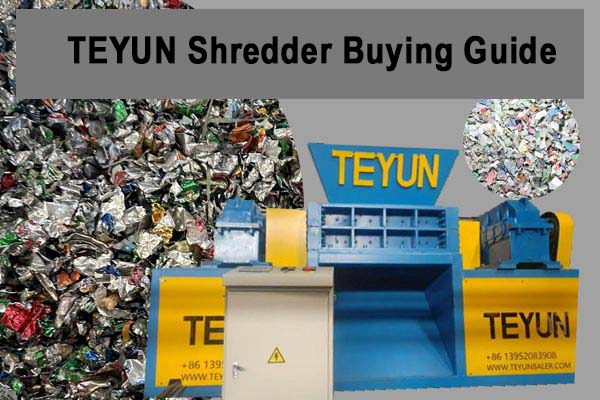
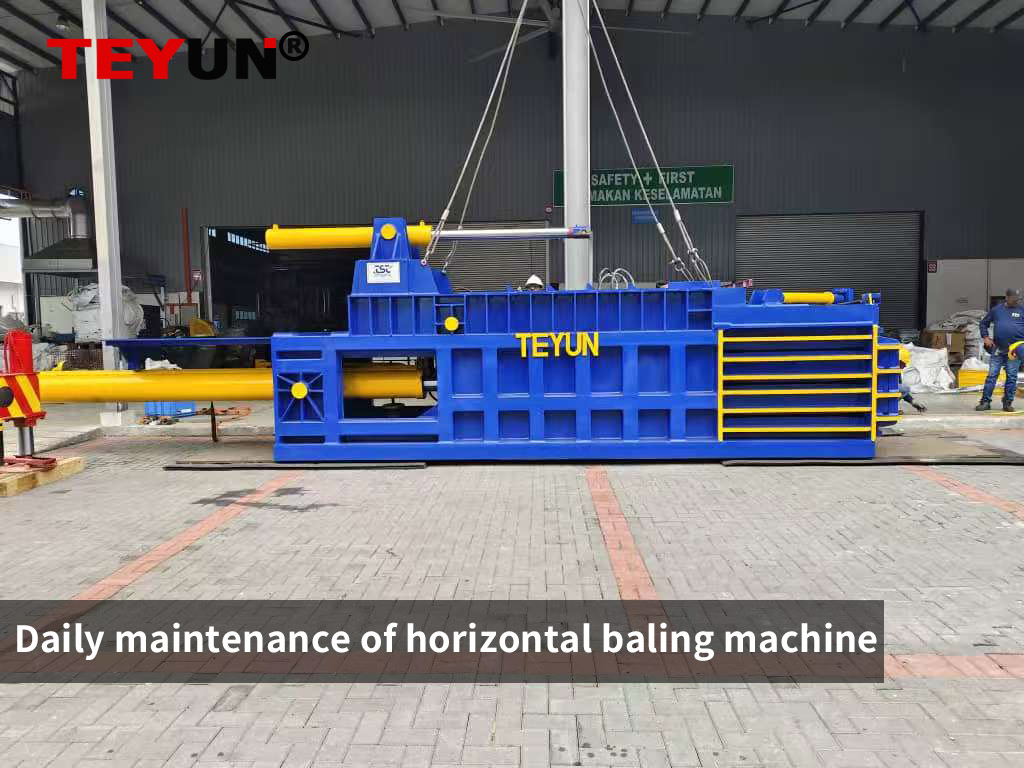
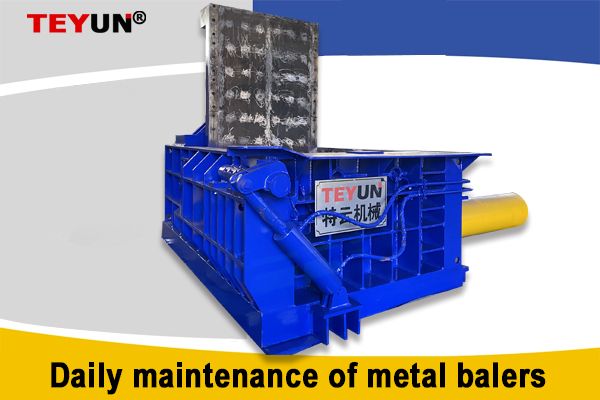
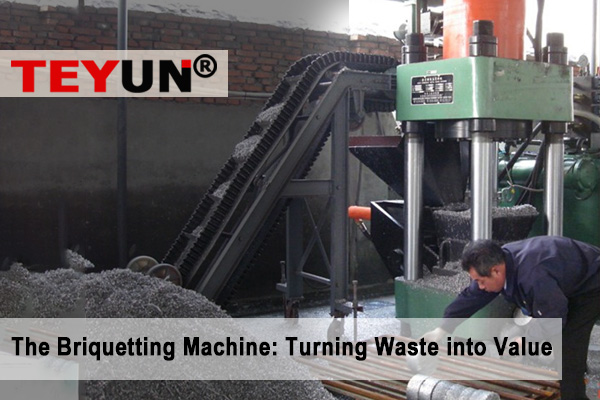
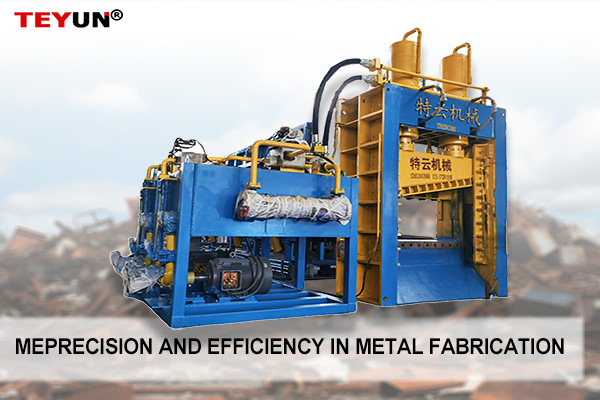
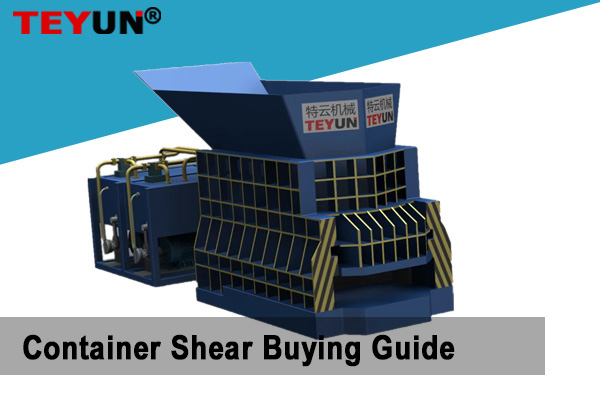
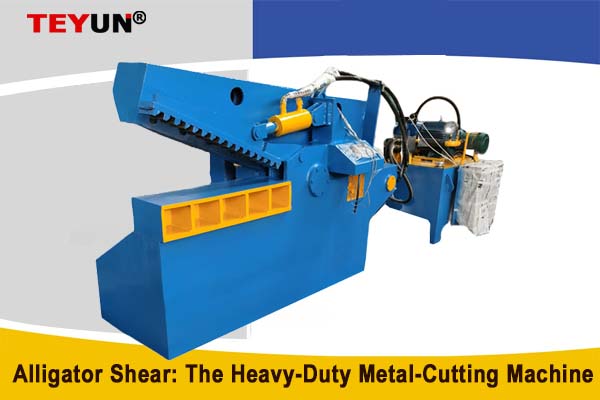

 IPv6 network supported
IPv6 network supported